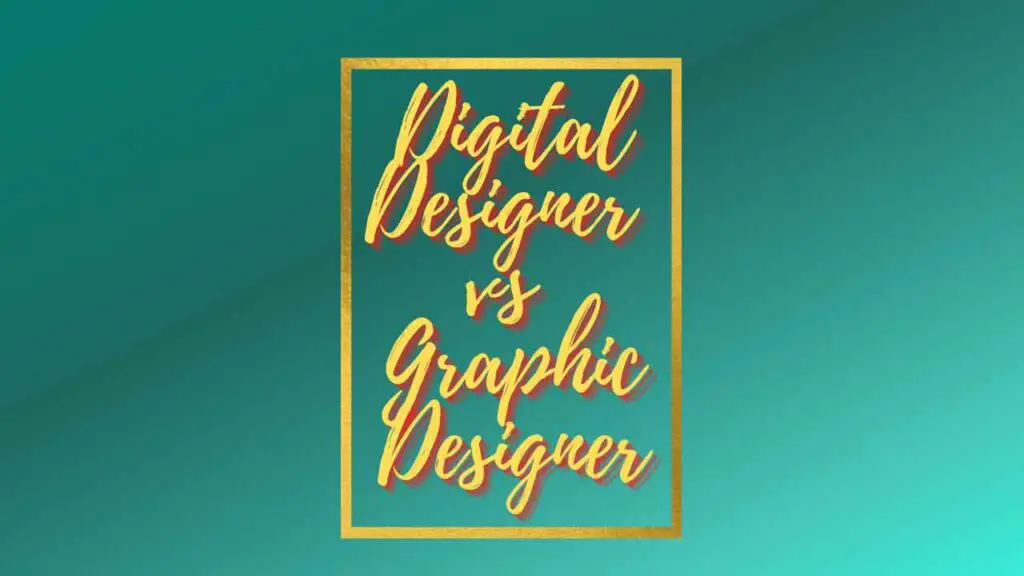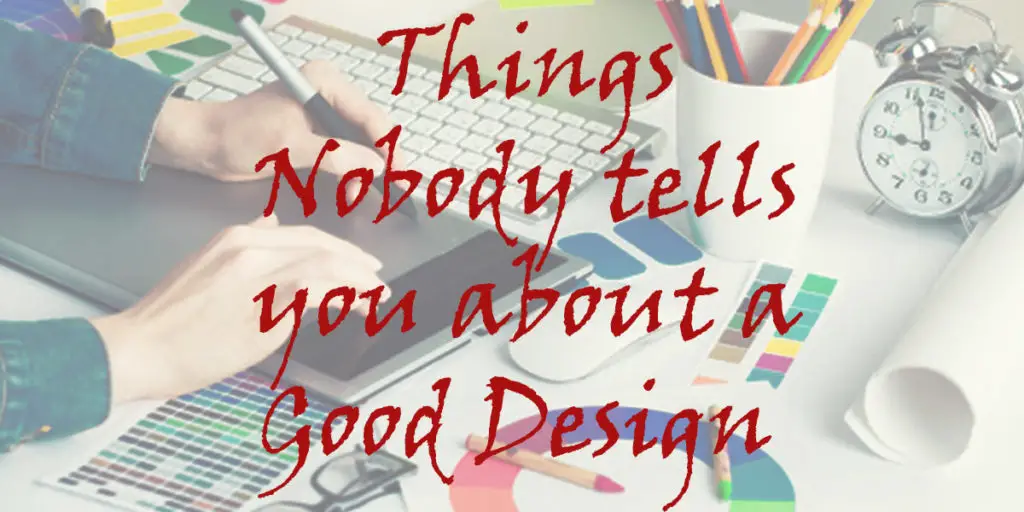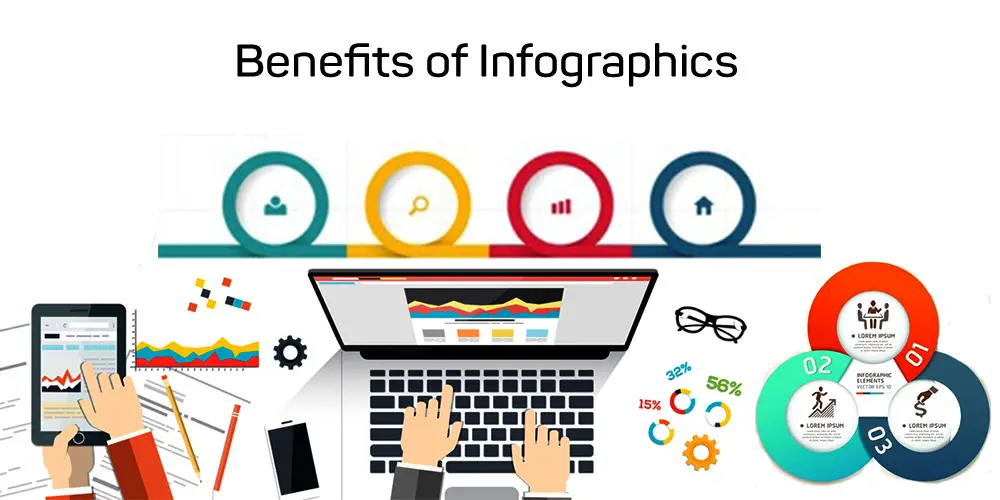THIS ARTICLE MAY CONTAIN AFFILIATE MARKETING LINKS! IN CASE YOU MAKE A PURCHASE THROUGH ONE OF THE LINKS, WE'LL GET A SMALL COMMISSION. WITH NO EXTRA CHARGES TO YOU. THANKS!!
Graphic design has been around since the dawn of industrialization. It is an important profession for many commercial, educational, artistic, and communicative purposes. Graphic design is a common art form that can be found almost anywhere. This is because urban environments are filled with images, logos, designs, colors, advertising, announcements, and so on. Announcements and many other types. This article will help you understand the difference between digital designers and graphic designers. We’ll dive into the concepts and take a look at digital designer vs graphic designer.
Table of Contents
Digital Designer vs Graphic Designer
What is graphic design?
It is a discipline that studies, designs, and displays visual media in order to convey a message to a certain group.
It does. You guessed it. Through the creation of images that attract, conquer loyalty, convince, and be memorable
To achieve his goals, he uses a combination of art, aesthetics, and consumer knowledge.
One of the many skills a graphic designer has is:
- Image Composition
- Palette management and color management
- Font creation and usage
- Psychology of color and images
- The needs of the target audience.
This professional can also recognize new trends in commercial and illustrative design that could add value, creativity, and inventiveness to create innovative, disruptive, and original products.
His occupation also allows him to learn and forces him to master different tools in the same way that a sculptor can choose his chisel to make his artistic ideas and proposals a reality.
After all that is said, let’s talk about a different version of graphic design. It has many similarities to graphic design but brings new techniques and tools to the world we live in today.
What is digital graphic design?
The popularity and advancement of computers and the Internet have led to many new professions and trades, including digital graphic design.
The discipline itself is focused on bringing graphic design into digital media. As its name implies, pencils, brushes, and palettes are used in the virtual world. This allows for the development of technical skills and digital design tools.
Websites, blogs, and social networks have made it more popular. This is where entrepreneurship, for example. This has provided graphic designers with a huge opportunity to showcase their work and collaborate with many companies and people.
How are these two disciplines different? Continue reading!
The Differences between digital designers and graphic designers
You might think that it is possible to create, distribute and study graphic products in both traditional and digital graphics design today using the same tools, forms, and styles. It isn’t, however.
The next step is to identify the four most significant differences between the disciplines.
1. Colors
It is important to emphasize that each product has a unique “showcase”. It can be printed, a physical advertisement, or a billboard advertisement. Digital communication is based on electronic screens.
Traditional graphic design requires that the professional uses schemes to guide him in making proofs of prints. This allows him to verify that colors are accurately represented and graphics are clear. The final product will also be guaranteed.
Digital graphic design requires that you consider the differences between screens and monitors, brightness, contrast, and contrast.
2. Audience
These are significant differences because the graphic designer understands how short time he has to reach his audience and make an impact. His designs should be appealing and catchy.
Digital graphic designers must ensure that their audience stays on their website or social media accounts long enough to display their products.
3. The Spaces
Graphic design offers more freedom in terms of creativity. Graphic design has more freedom than print ads. Notices, notices, sizes, styles, and even locations allow for greater artist creativity.
Digital media requires that you work with predefined sizes in order to meet the needs of websites and applications.
4. Career Opportunities
Both professionals are highly sought-after in our markets and may even be employed in the same company or project.
The graphic designer is more likely to work in magazines, newspapers, or advertising agencies. However, digital graphic design may have more success in creating web pages or digital advertising agencies.
This is a career where creativity is often used. We want to share an ebook that will help you develop your creativity.







